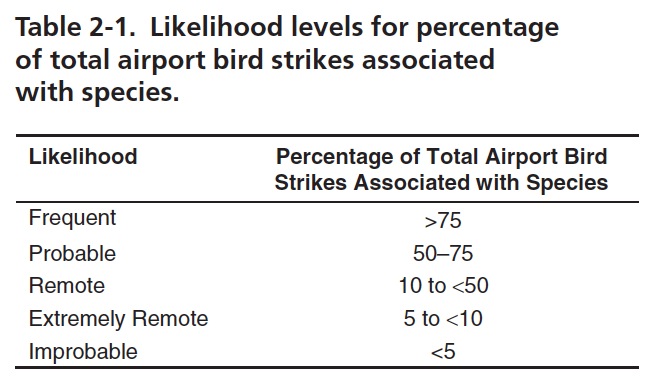
Airports have historically incorporated BMPs to comply with these requirements, such as stormwater detention ponds and vegetated swales, many of which have exposed open water, vegetation, and other design characteristics that attract wildlife. Research shows that 10 of the 15 bird species most hazardous to aircraft are highly attracted to these types of water features (DeVault et al. 2011)…To address this hazardous wildlife concern, the FAA has established guidelines for airport stormwater management to provide for aircraft safety.
View this complete post...











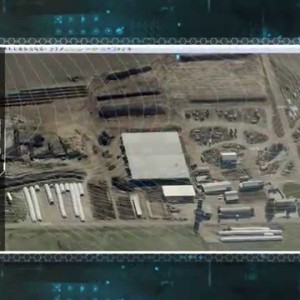
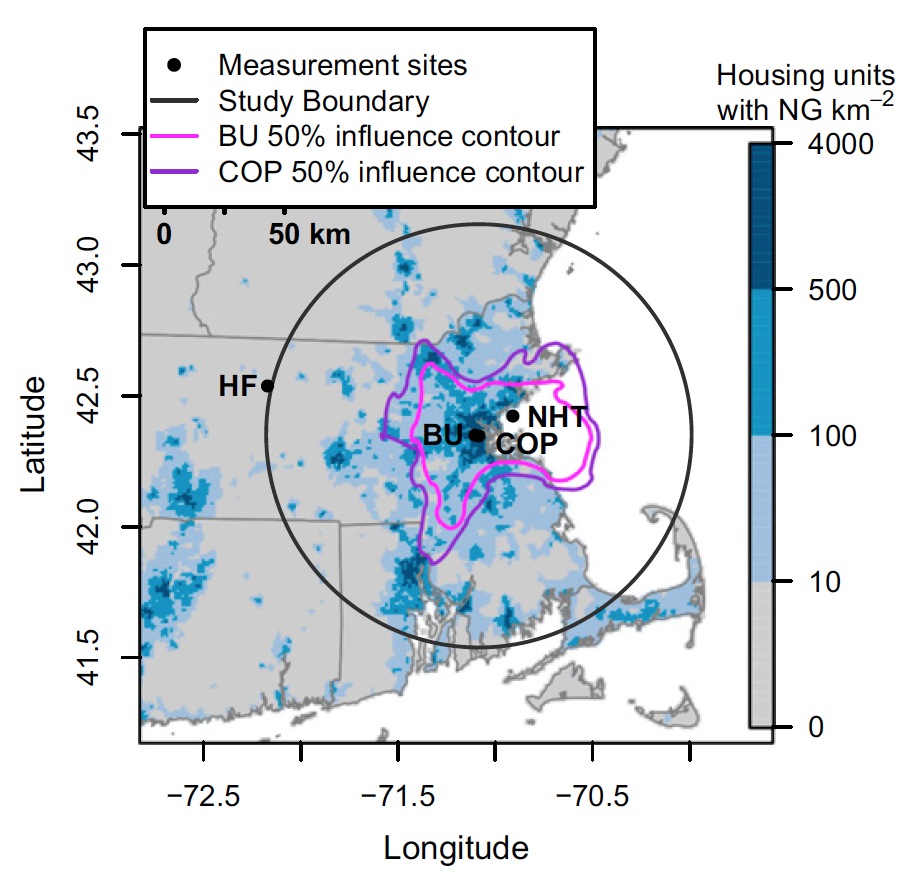
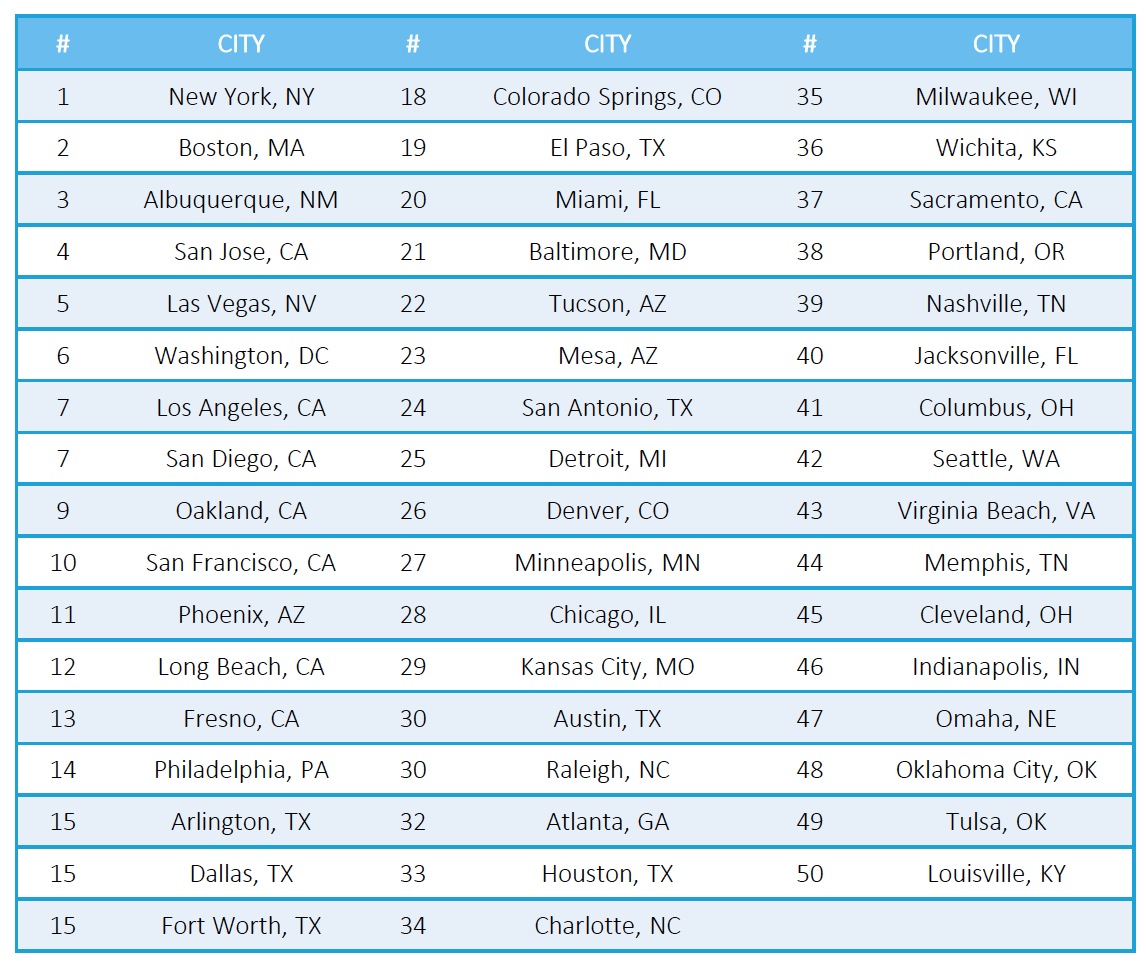
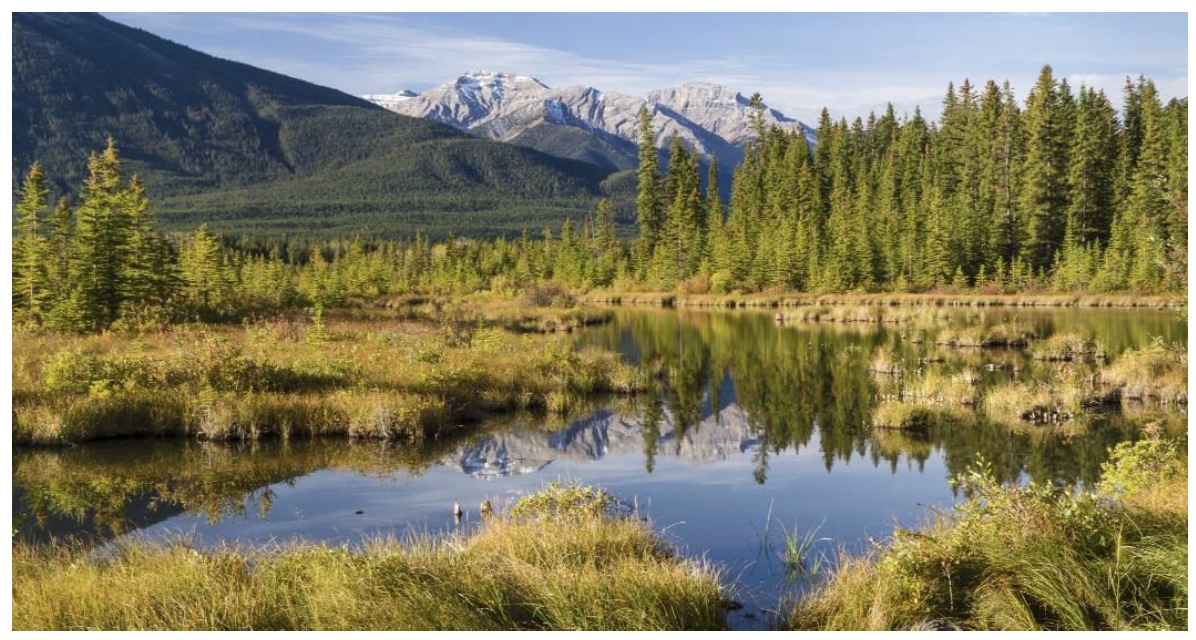

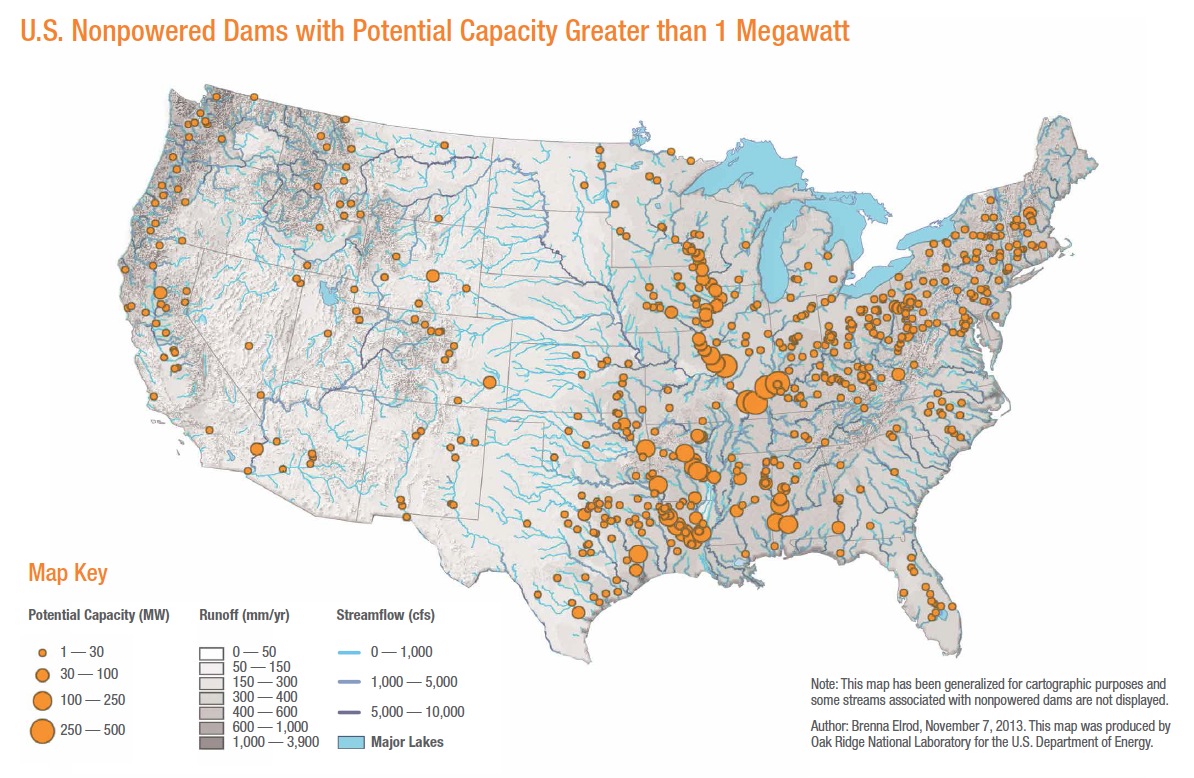
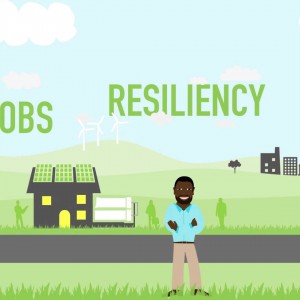
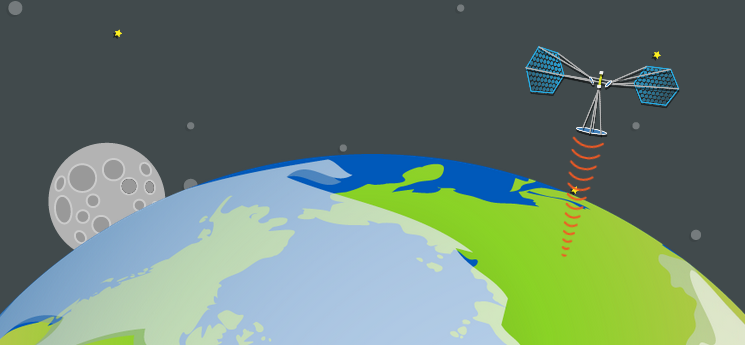
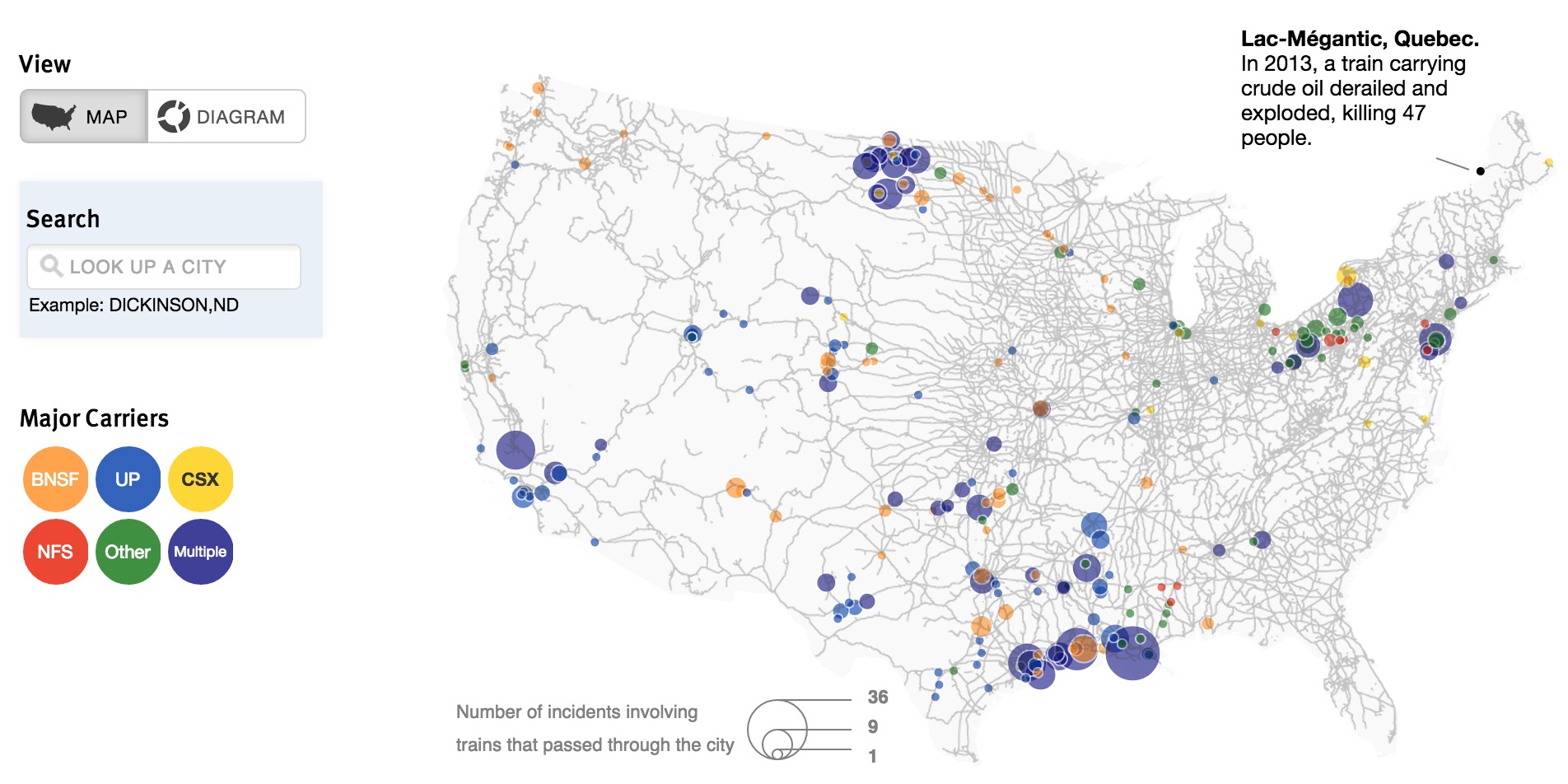

 RSS Feed
RSS Feed